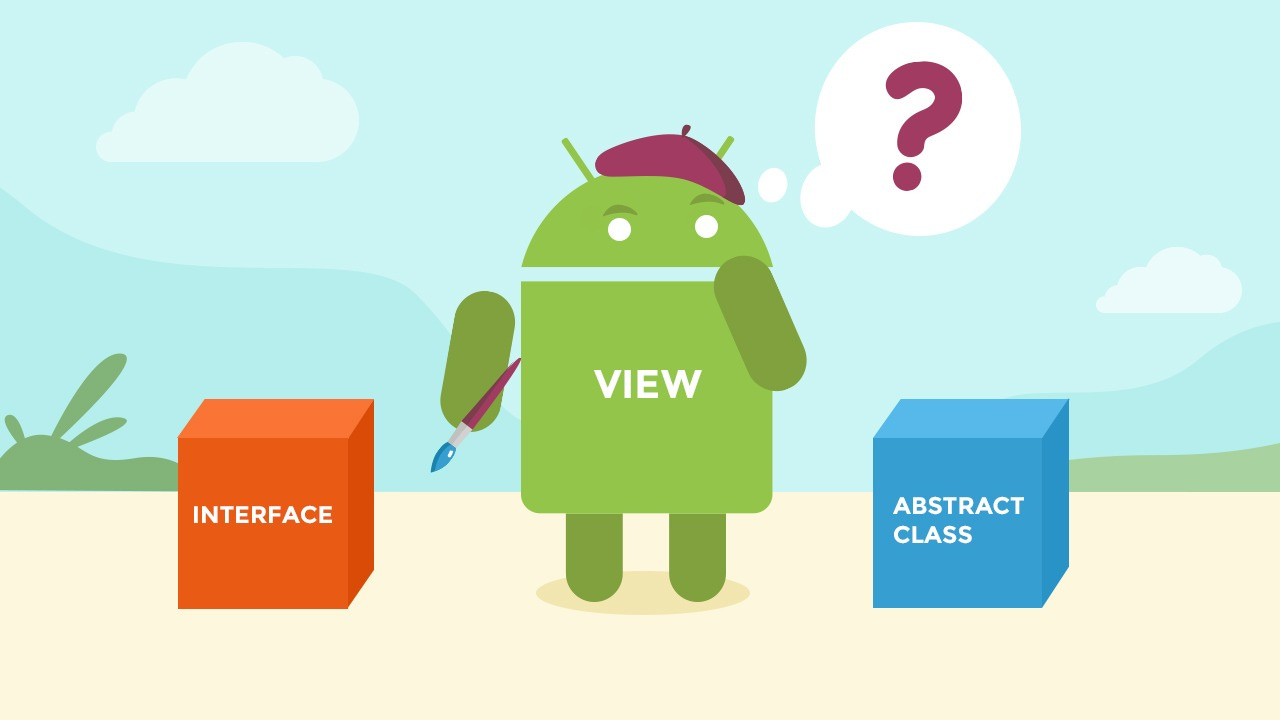Abstract class vs interface
Abstraction = Interface + Abstract class
In the vast landscape of C# programming, the concepts of abstract classes and interfaces act as powerful tools for achieving abstraction, encapsulation, and polymorphism.
In this blog post, we'll embark on a journey to unravel the essence of abstract classes and interfaces, presenting real-world analogies and C# code snippets to illuminate their significance.
Abstract Classes
Unveiling Abstract Classes
An Abstract Class in C# is a class marked with the abstract keyword, providing a blueprint for other classes. It may contain abstract methods, which are methods without a body, as well as concrete methods with implementations. Abstract classes cannot be instantiated on their own; they are meant to be inherited by other classes.
Key Attributes of Abstract Classes
Blueprint for Specialization: Abstract classes serve as blueprints, defining a common structure for derived classes while allowing them to provide specific implementations.
Abstract Methods: Abstract classes can have abstract methods, which must be implemented by any derived class. These methods declare an interface without providing a default implementation.
Mix of Abstract and Concrete Members: Abstract classes can have both abstract and concrete methods, offering a mix of common functionality and placeholders for specialization.
Real-World Analogy: The Animal Kingdom
Think of an abstract class as a generic template for animals. This abstract class might have abstract methods like Eat and MakeSound, which every specific animal (derived class) must implement. It can also have concrete methods like Sleep that provide a default behavior shared by all animals.
https://dotnetfullstackdev.medium.com/
public abstract class Animal
{
public abstract void Eat();
public abstract void MakeSound();
public void Sleep()
{
// Default sleeping behavior
}
}Interfaces
Unraveling Interfaces
An Interface in C# is a contract that defines a set of method signatures. Unlike abstract classes, interfaces cannot contain any implementation—they only declare the methods and properties that implementing classes must provide. A class can implement multiple interfaces, allowing for flexible collaboration.
Key Attributes of Interfaces
Contractual Agreement: Interfaces act as contracts, specifying a set of methods and properties that implementing classes must adhere to. This ensures a standardized collaboration.
No Implementation: Interfaces only declare method signatures and properties, leaving the implementation to the classes that implement them.
Multiple Interface Implementation: A class can implement multiple interfaces, enabling it to fulfil various roles and collaborate with different components.
Real-World Analogy: USB Ports
Consider interfaces as USB ports on electronic devices. The USB port defines a standardized set of pins and protocols (methods and properties) that any device (class) can adhere to. Whether it's a printer, mouse, or keyboard, as long as it has the necessary USB interface, it can seamlessly connect and collaborate with the system.
public interface IUSBConnectable
{
void Connect();
void TransferData();
}
Abstract Classes vs. Interfaces
Use Abstract Classes When: You want to provide a common base implementation for derived classes.
You need to declare fields or properties with default implementations.
There is a need for a mix of common and specialized functionality.
Use Interfaces When: You want to define a contract without providing any implementation.
Multiple classes need to adhere to a common set of methods and properties.
You aim for a high level of flexibility in class collaborations.
Conclusion
Abstract classes and interfaces in C# are tools of abstraction that empower developers to create flexible, maintainable, and extensible code. Abstract classes provide a blueprint for specialization, allowing for a mix of common and specialized functionality. Interfaces, on the other hand, act as contractual agreements, defining a standardized set of methods and properties for collaboration.
By mastering the art of abstraction with abstract classes and interfaces, C# developers can architect systems that are adaptable to change and scalable for future enhancements. The real-world analogies of the animal kingdom and USB ports help paint a vivid picture of how these concepts operate in the realm of software development.


